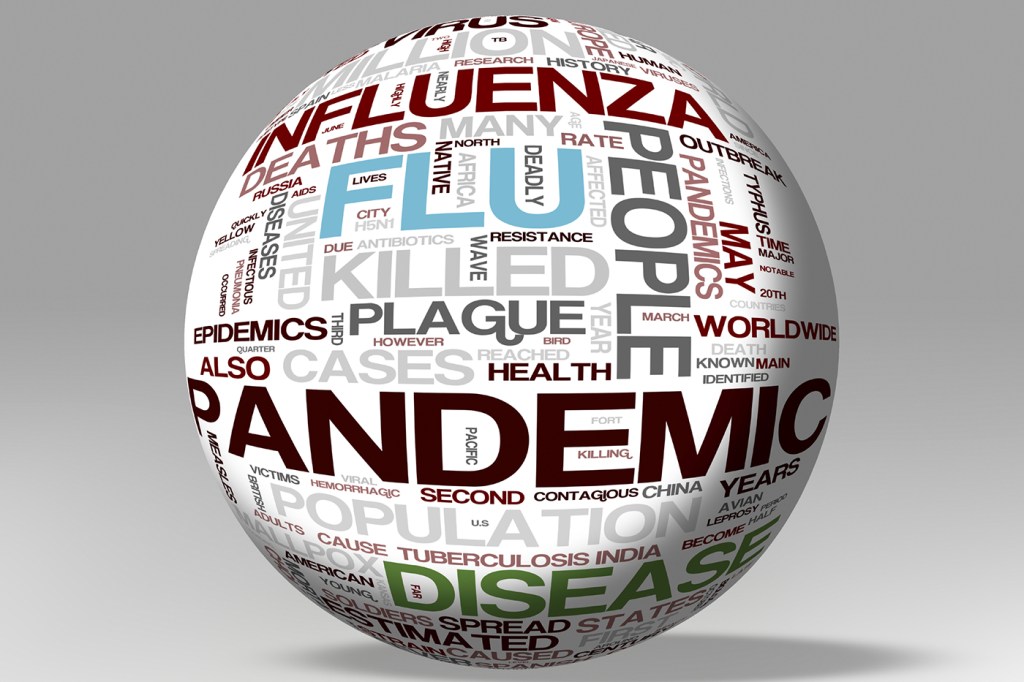Should we be worried about the plague?

California’s Department of Public Health and Yosemite National Park announced last week that a child contracted the plague after visiting the park in July. The case was the third in the U.S. to be reported in recent months and, while the child in California is recovering, two people in Colorado died from the disease earlier this summer.
Though the plague is not new to the U.S.—reportedly arriving in 1900—it is rare. According to the Centers for Disease Control and Prevention, on average, seven human plague cases are reported in the U.S. each year.
With the plague’s recent return to the news, we took a look at some myths and truths about the centuries-old disease and spoke with statistical physicist Alessandro Vespignani, the Sternberg Distinguished Professor of Physics, Computer Science, and Health Sciences at Northeastern.
The plague is generally transmitted through human-to-human contact.
[MYTH] According to the World Health Organization, the plague is an infectious disease caused by bacteria—Yersinia Pestis—that is usually found in small animals and their fleas. The disease is transmitted by the bite of infected fleas or, less frequently, through direct contact with infected animals, such as rats or squirrels. Human-to-human transmission typically requires direct contact with a person with pneumonic plague. Such a case has not been documented in the U.S. since 1924.
[EXPERT] Vespignani: “Direct contact with infected animals or humans and, more rarely, aerosol inhalation or the consuming of contaminated food are other routes of transmission. In areas where plague is endemic in the animal population, it is good to avoid small rodents, avoid direct contact with potentially infected animals, and use flea control products.”
In the U.S., the plague is most prevalent in the western part of the country.
[TRUTH] According to the CDC, human cases in the U.S. generally occur in rural regions of northern Arizona, California, southern Colorado, western Nevada, northern New Mexico, and southern Oregon. Since 1970, only one case of human plague has been reported east of Texas.
[EXPERT] Vespignani: “Sanitation and pest control have made urban outbreaks very rare. In the U.S., the last was in 1924. Plague needs an animal reservoir, and now it is limited to rural areas, especially in semi-arid regions.”
The plague is untreatable and often results in death.
[MYTH] For centuries, this was the case. But with modern medicine, the plague, though a very serious illness, is treatable with commonly available antibiotics. According to the CDC, in the pre-antibiotic era, mortality resulting from the plague in the U.S. was 66 percent. By 2010, that rate decreased to 11 percent. For centuries, the plague caused widespread panic and remarkable mortality rates. There have been three recorded plague pandemics, from the Justinian Plague in the early Middle Ages, to the “Black Death” or Great Plague that swept across Asia, Europe, and Africa beginning in the 1300s, to the Modern Plague that spread to port cities around the world in the late 1800s and early 1900s.
[EXPERT] Vespignani: “If diagnosed early enough, the plague is treatable with antibiotics. This is obviously a game-changer with respect to what happened during the Great Plague, where no cure nor understanding of the transmission mechanism were available.”
Vespignani on the potential for another pandemic: “In 2013 there were little less than 800 cases of plague worldwide. Plague epidemics are still possible where the plague is endemic in an animal reservoir. However, the modern knowledge of the disease, prevention strategy, and the availability of antibiotics make large outbreaks extremely unlikely.”
Plague epidemics have occurred in Africa, Asia, and South America, but since the 1990s, most human cases have occurred in Africa. In 2013 there were 783 cases reported worldwide, including 126 deaths. The three most endemic countries are Madagascar, the Democratic Republic of Congo, and Peru.
-World Health Organization





